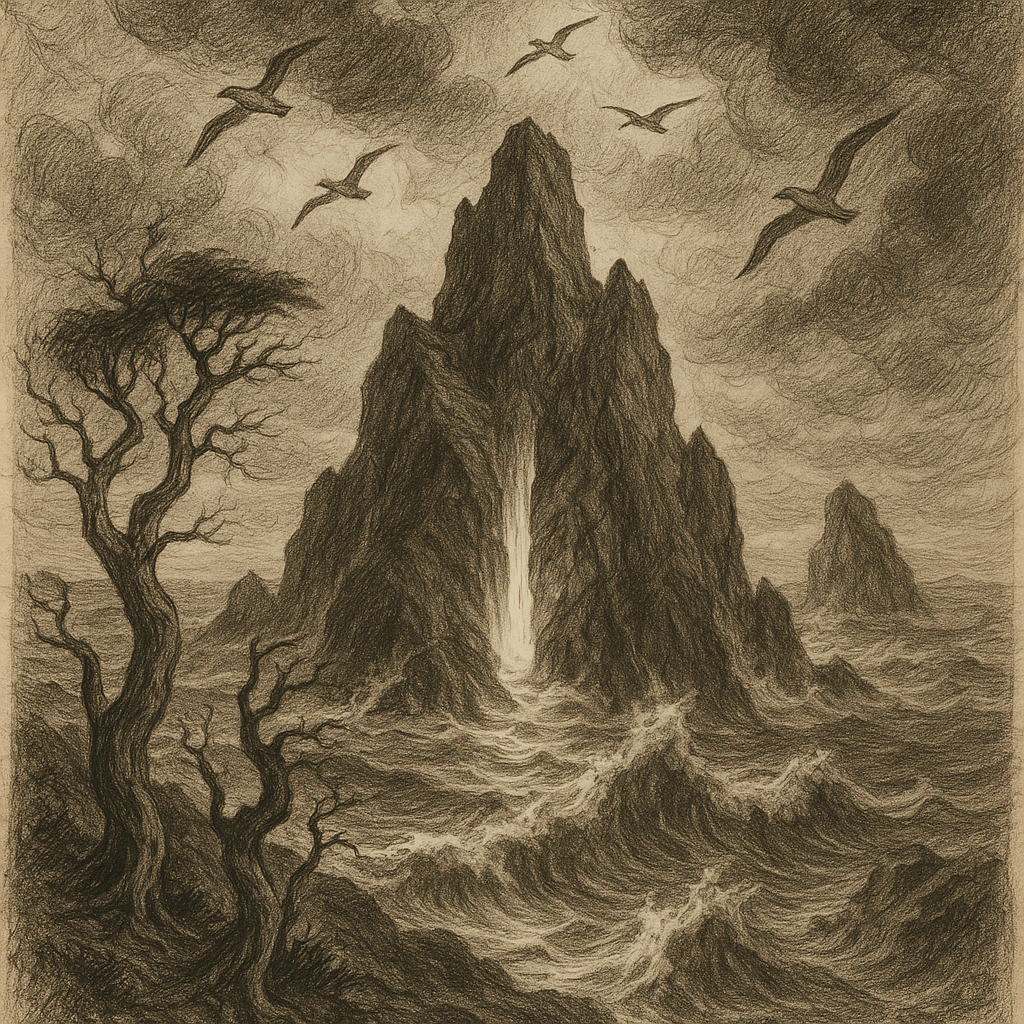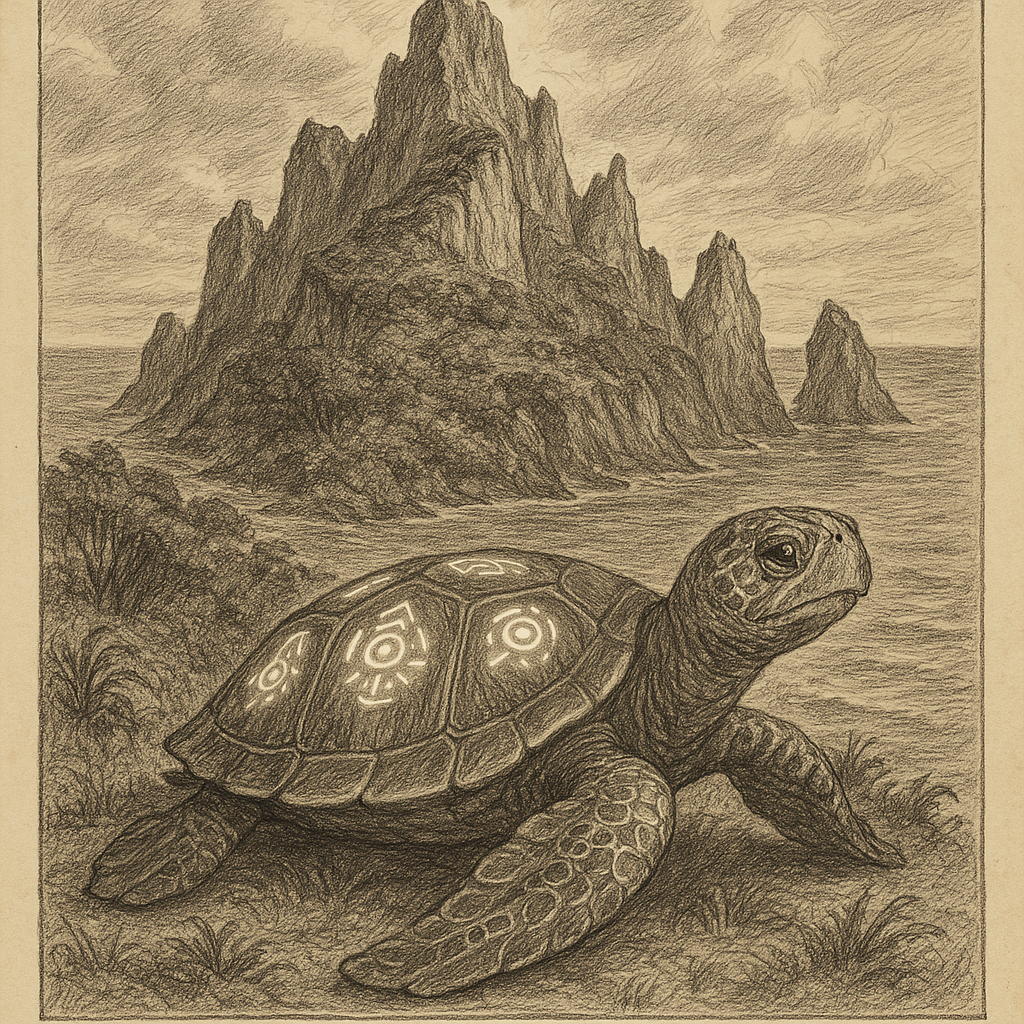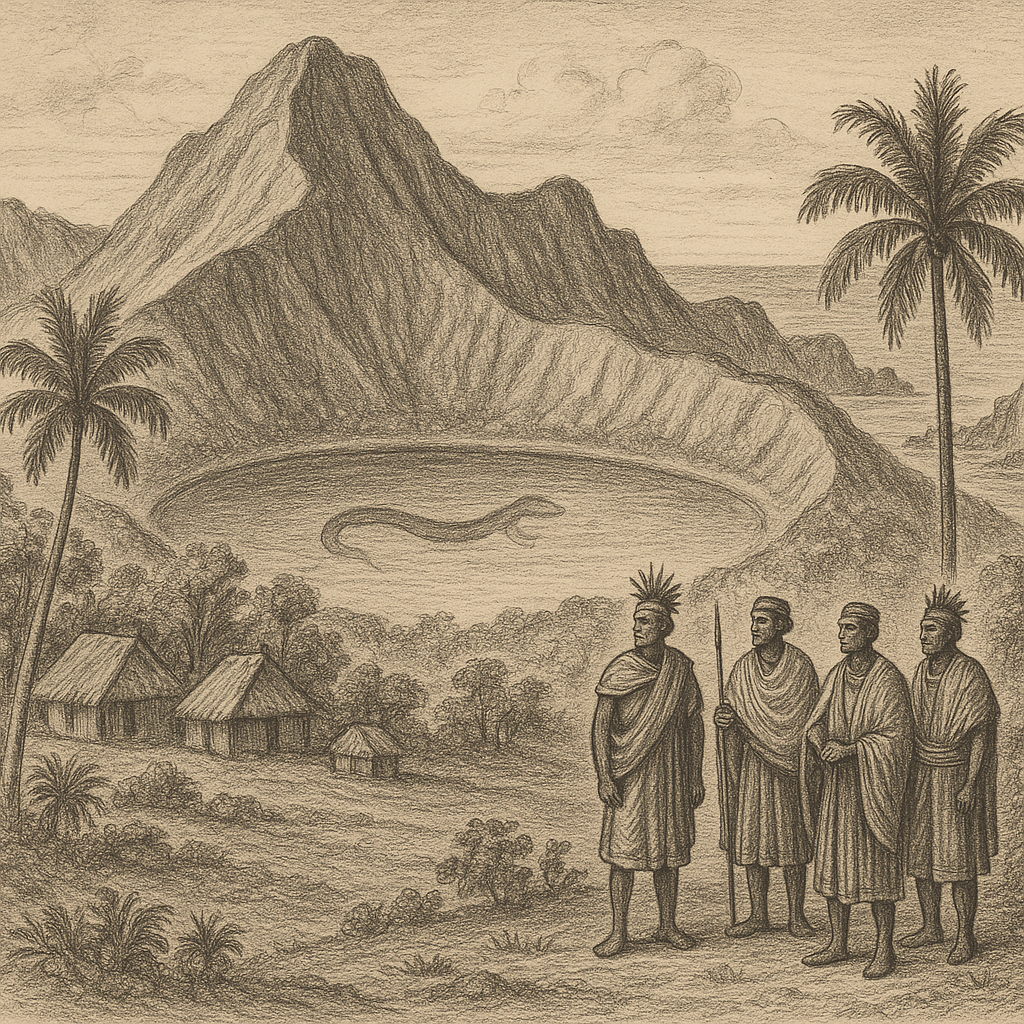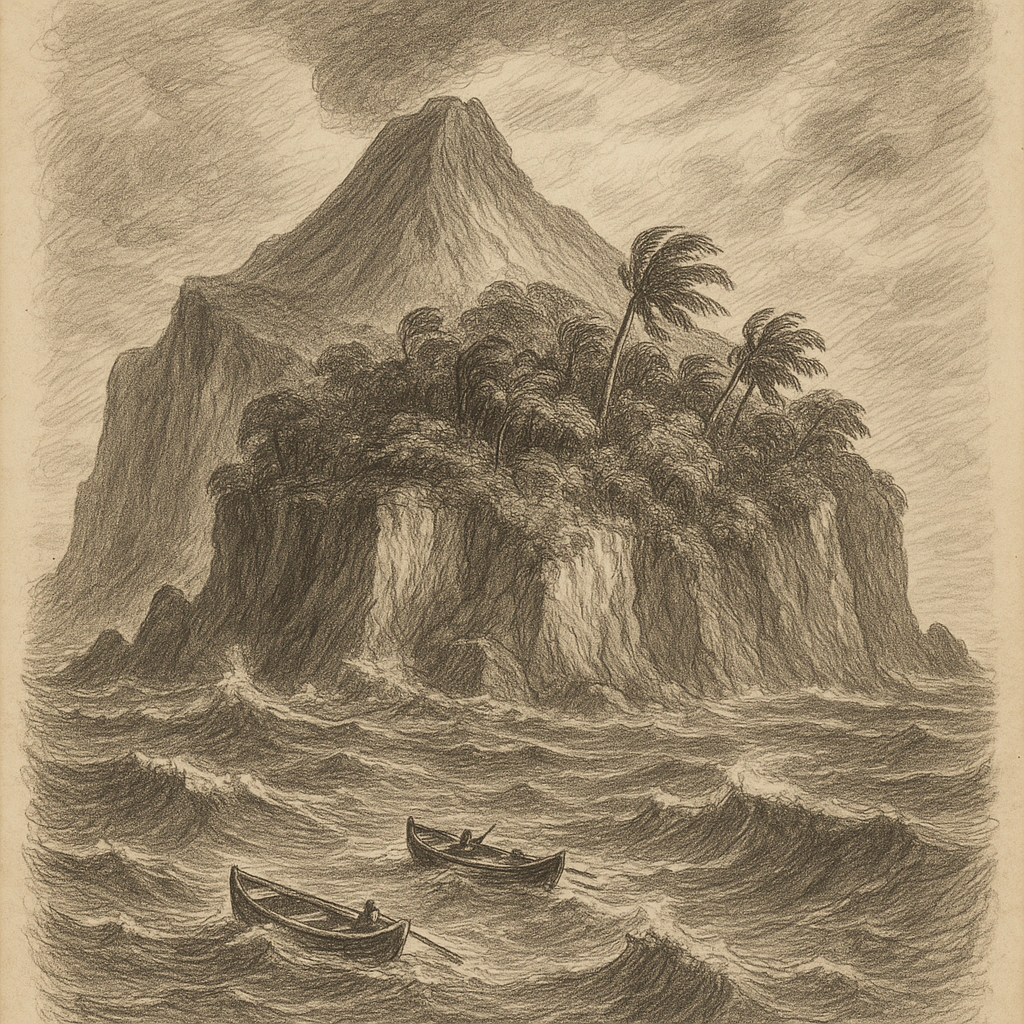Tristan Rock Island: An Enigmatic Outpost in the Southern Atlantic
Tristan Rock Island is a remote and rugged isle situated in the vast expanses of the South Atlantic Ocean. Virtually untouched by human activity and cloaked in mystery, the island captures the imagination of adventurers, scientists, and storytellers alike. Though largely unknown to the wider world, its history, geography, and legends make it a fascinating study in isolation and endurance.
Geographical Location and Formation
Tristan Rock Island is located approximately 300 kilometers southeast of the better-known island group Tristan da Cunha, which itself is part of a British Overseas Territory. Sitting roughly midway between South America and South Africa, this small island is one of the most remote landmasses on Earth, accessible only by sea during favorable weather conditions.
The island lies on the Mid-Atlantic Ridge, a submarine mountain range where tectonic plates slowly diverge. Volcanic in origin, Tristan Rock Island is the exposed summit of a dormant underwater volcano. Towering cliffs, black basalt rock formations, and steep, vegetated slopes define its harsh topography. The highest point on the island rises to approximately 486 meters above sea level, offering a 360-degree view of the endless ocean.
Ecology and Climate
Due to its geographic isolation and lack of human settlement, Tristan Rock Island boasts a unique and pristine ecosystem. The island experiences a cool oceanic climate with persistent mist, steady winds, and seasonal rainfall. The average annual temperature hovers around 12°C, with rainfall exceeding 1,900 mm per year.
The island supports a delicate web of biodiversity, including endemic fern species, moss-covered cliffs, and resilient flowering plants clinging to the rocky terrain. Seabird colonies dominate the skies, with species such as the Atlantic petrel, wandering albatross, and subantarctic skua using the island as a critical breeding ground. The surrounding waters teem with life: seals, dolphins, and migratory whales are regular visitors, while rare species of deep-sea fish navigate the complex seabed below.
Human Activity and Conservation
Tristan Rock Island has never been permanently inhabited, largely due to its inhospitable terrain and isolation. Occasional scientific expeditions, often led by marine biologists and climate researchers, have provided the only documented human interaction with the island. These visits are rare and require months of planning, with arrival typically accomplished by research vessel equipped to handle the island’s perilous shoreline.
In 2008, the island was designated a special conservation zone as part of the South Atlantic Marine Protected Area system. Efforts focus on monitoring migratory patterns of seabirds, preserving native flora, and preventing ecological disruption from invasive species inadvertently introduced during expeditions. All access to the island is strictly regulated, with permits issued only for sanctioned environmental research.
Interesting Facts About Tristan Rock Island
Several fascinating aspects set Tristan Rock Island apart as an enigmatic outpost:
– The island is home to one of the least disturbed albatross nesting sites in the South Atlantic, making it a global priority for seabird conservation.
– Beneath the waves, the island’s submerged slopes are dotted with hydrothermal vents, which support communities of extremophile organisms—rare creatures adapted to high temperatures and mineral-rich waters.
– In 2016, marine archaeologists discovered remnants of what they believed to be a mid-19th-century shipwreck just offshore. Though unconfirmed, this find hinted at dangerous navigation conditions in the area’s historically unpredictable seas.
Legends and Folklore
Despite its remoteness, Tristan Rock Island has inspired its own set of eerie legends and maritime tales. Among local sailors and fishing communities of nearby Tristan da Cunha, the island is referred to as “The Sentinel.” According to oral tradition, the island was once home to an ancient guardian spirit who protected the sea creatures of the southern Atlantic. Sailors claimed that during storms, strange lights could be seen emanating from the cliffs—interpreted as warnings or omens of disaster.
One particularly persistent legend tells of a 17th-century Portuguese explorer whose ship was drawn off course by a mysterious current eventually crashing ashore at Tristan Rock Island. The crew was never heard from again, and later sightings of ghostly figures on the cliffs—shrouded in mist—fed into myths of a “lost colony.” Contemporary researchers discount these stories, but they remain an integral part of island lore, passed down through generations of Tristan da Cunha islanders.
Accessibility and Challenges
Accessing Tristan Rock Island remains a formidable task. There are no ports, helipads, or flat beaches, requiring small boats or even rope-assisted landings for those brave enough to visit. The nearest human infrastructure is located on Tristan da Cunha, itself an extremely remote settlement that receives limited ship visits annually.
Weather conditions are unpredictable, with thick marine fog and high winds presenting significant obstacles. Navigational equipment often struggles with magnetic anomalies reported near the island, adding a layer of danger and mystery to sea crossings. As such, tourism is non-existent, and visits are typically restricted to scientific missions focused on ecology, geology, or maritime research.
Conclusion
Tristan Rock Island stands as one of the last true frontiers of nature—untouched, enigmatic, and fiercely protected. Its harsh beauty, remarkable biodiversity, and captivating legends continue to intrigue those who hear whispers of its existence. Though few will ever set foot on its rugged shores, Tristan Rock Island remains a symbol of the enduring allure of the unknown.



